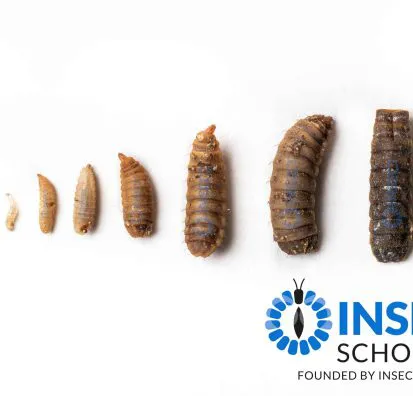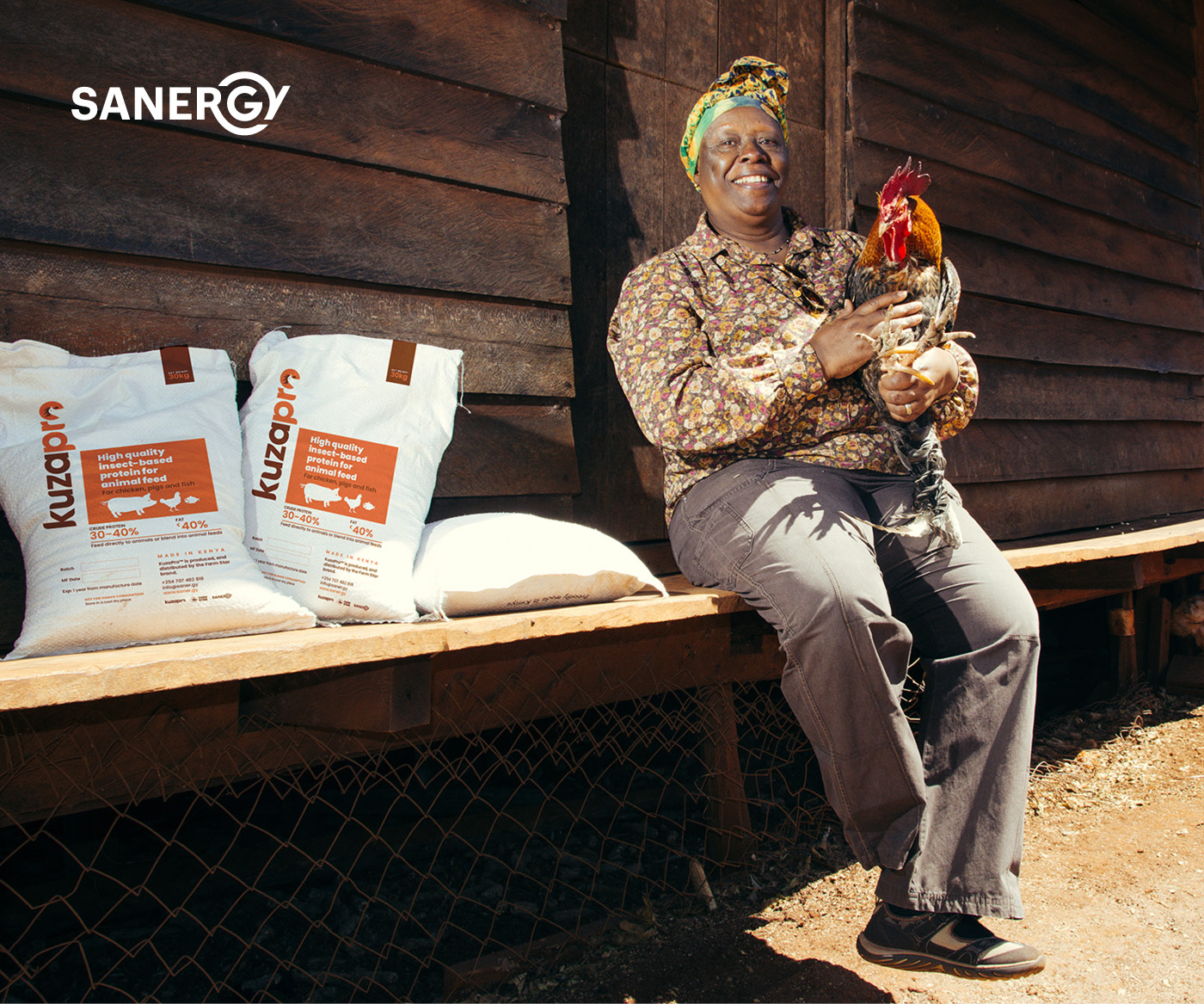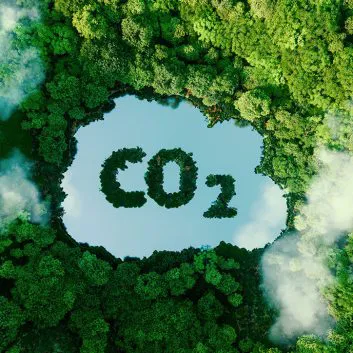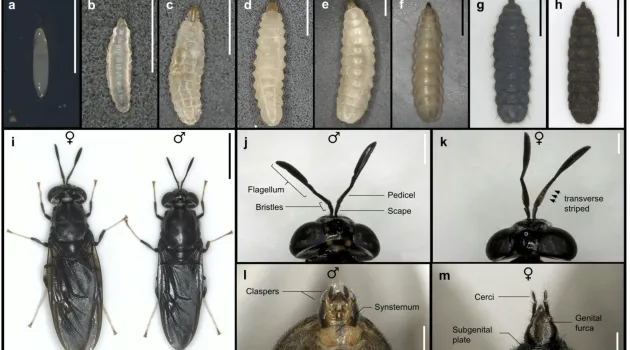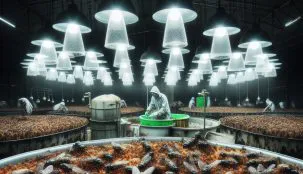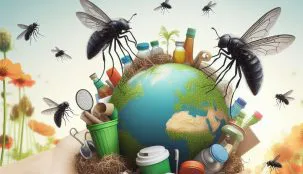Mass Balance: an example of BSF rearing
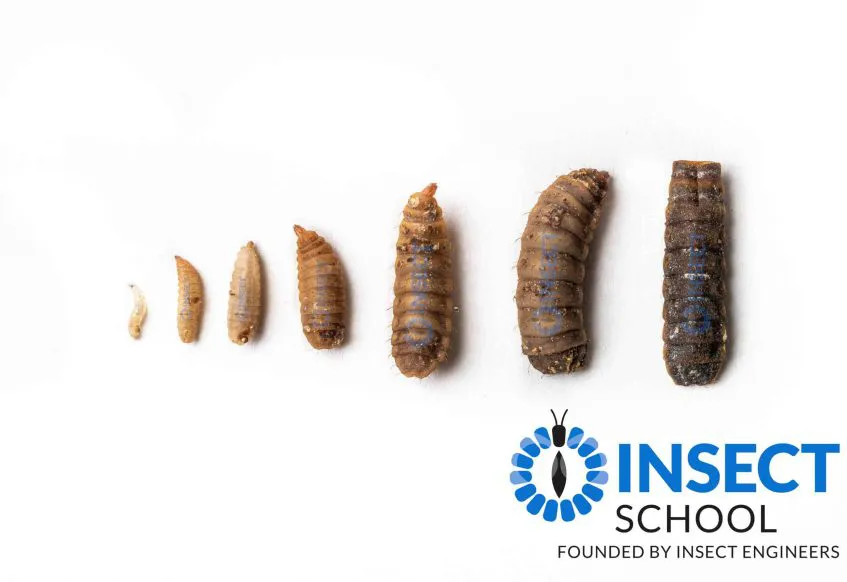
15% larvae, 40%frass, where is the rest 45%? 🤓 rearing
If 15% bioconversion (based on a worse scenario), meaning that 1000kg of substrate generates 150kg of fresh larvae. Meanwhile, 40% conversion for frass means 400kg of frass left. Where is the rest 45%?
Water and respiration loss (e.g., CO2, CH4, N2O, NH4, etc.,).
Let’s breakdown and do a simple calculation.
We assume
1) 1000 kg of fresh substrate with 30% dry matter content (i.e., 300 dry mass & 700 water).
2) 1.5 million 5-day-old larvae (e.g., 30% dm) are used for 1 ton of substrate with 30% water content and 5 mg per individual.
Then:
The total input dry mass=substrate dry mass+5-DOL larval dry mass
The total input water mass= substrate water mass+5-DOL larval water mass
The total input= input dry mass + input water mass=Output
Output=frass mass + larval mass + water evaporation + microbial & larval respiration loss
Based on the assumption and equation listed above, we come up with a mass balance as shown in our graph. Obviously, the most harvested biomass was estimated to be frass, followed by evaporated water, and the BSF larvae.
#Remarks: the above data are only simulated calculations, please do not use it for any other purposes.
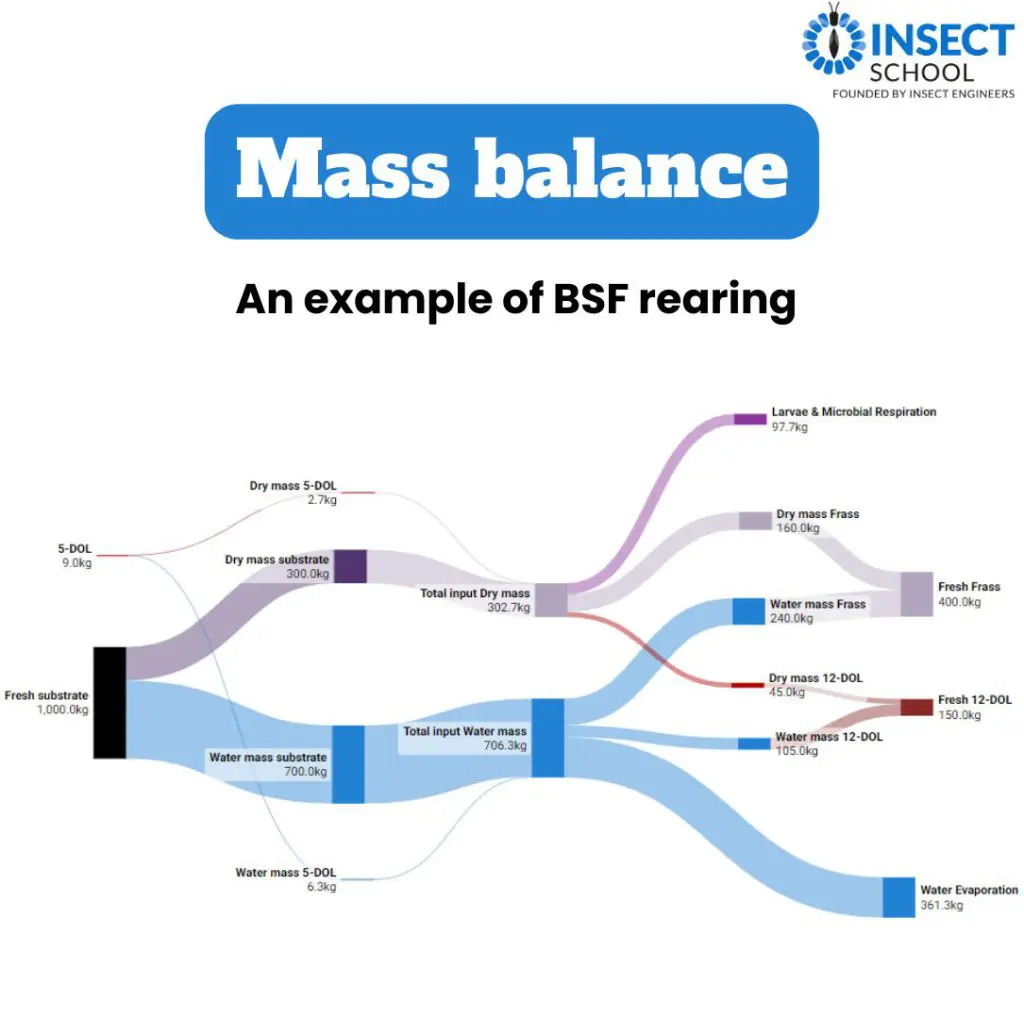
rearing rearing
